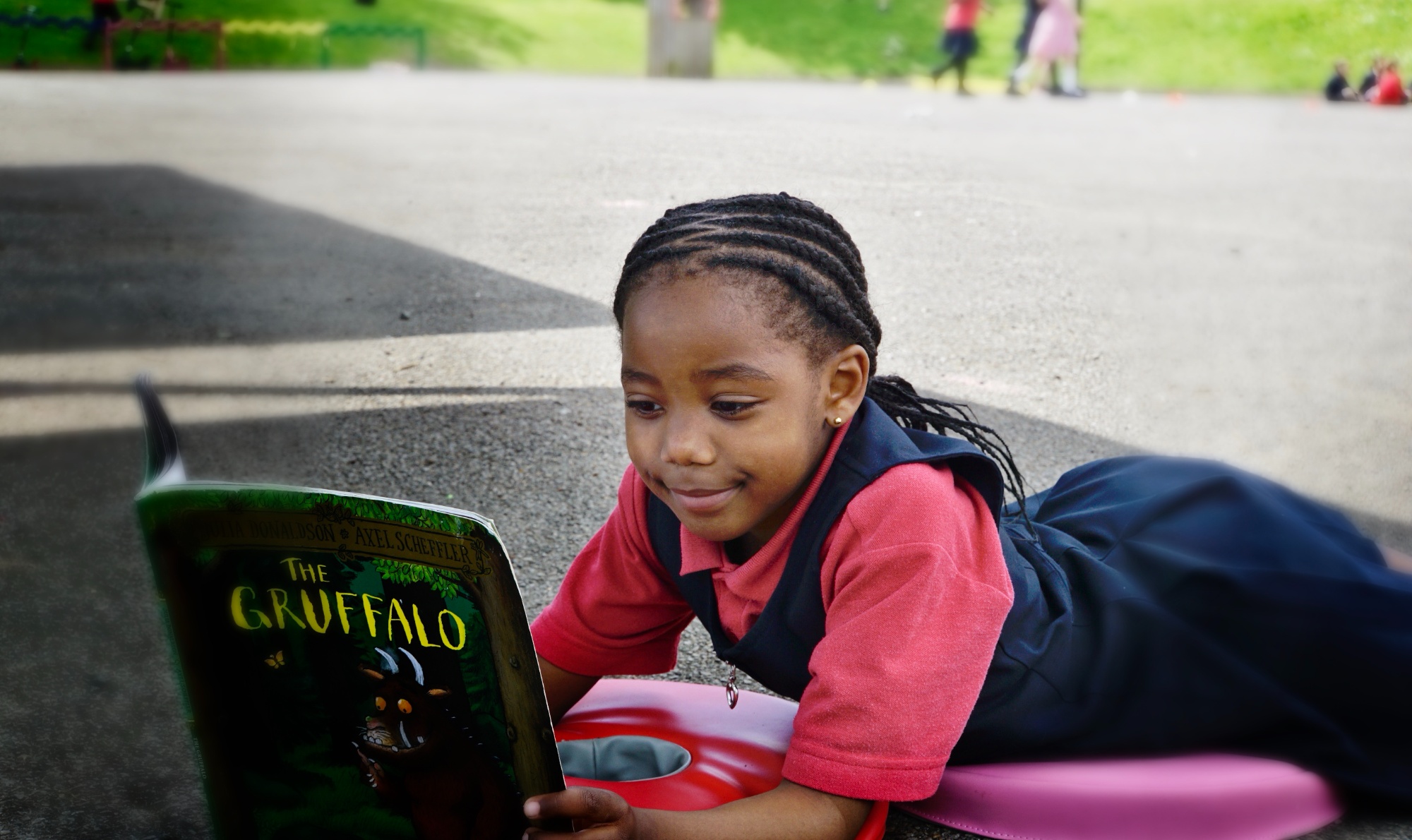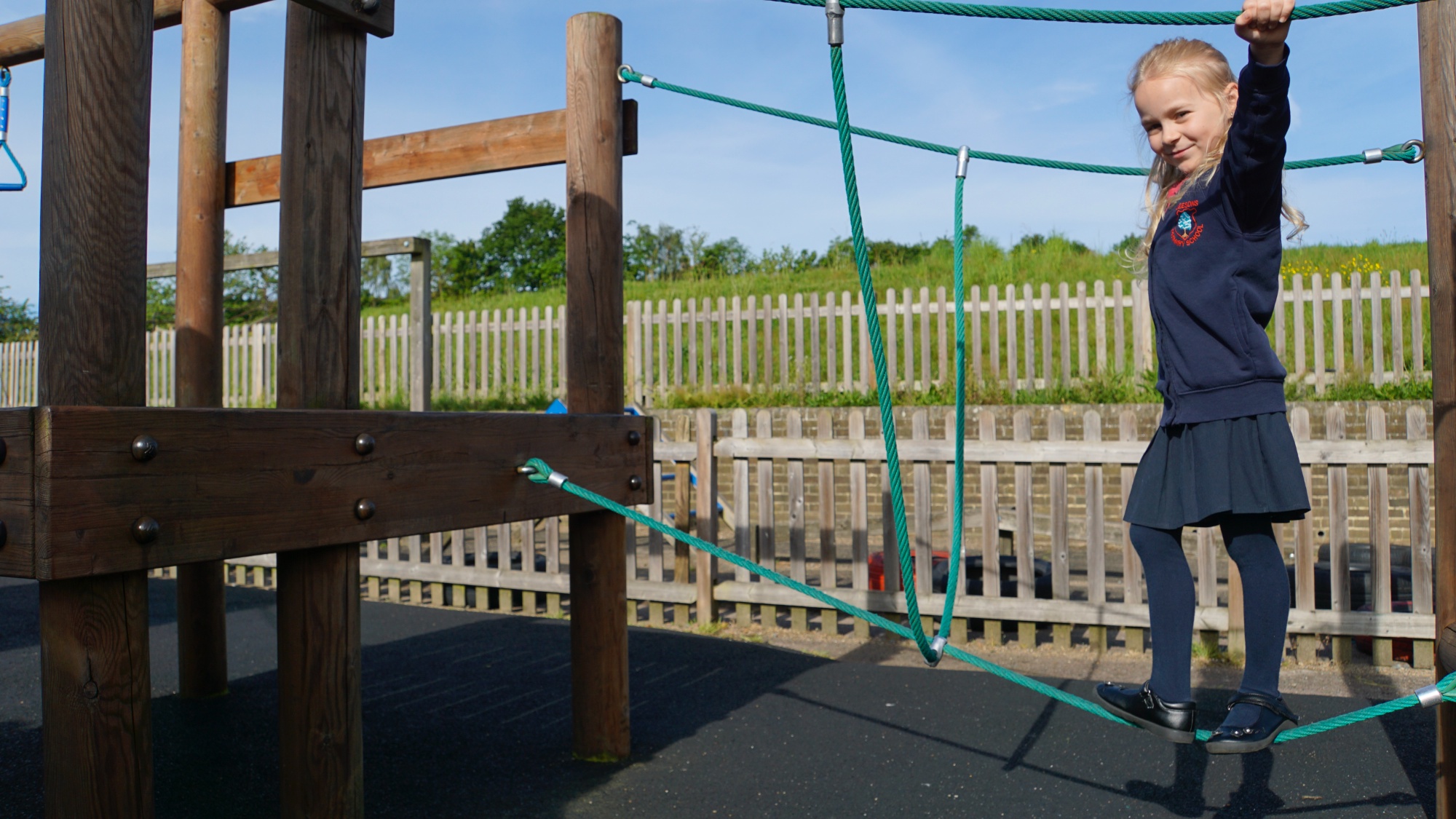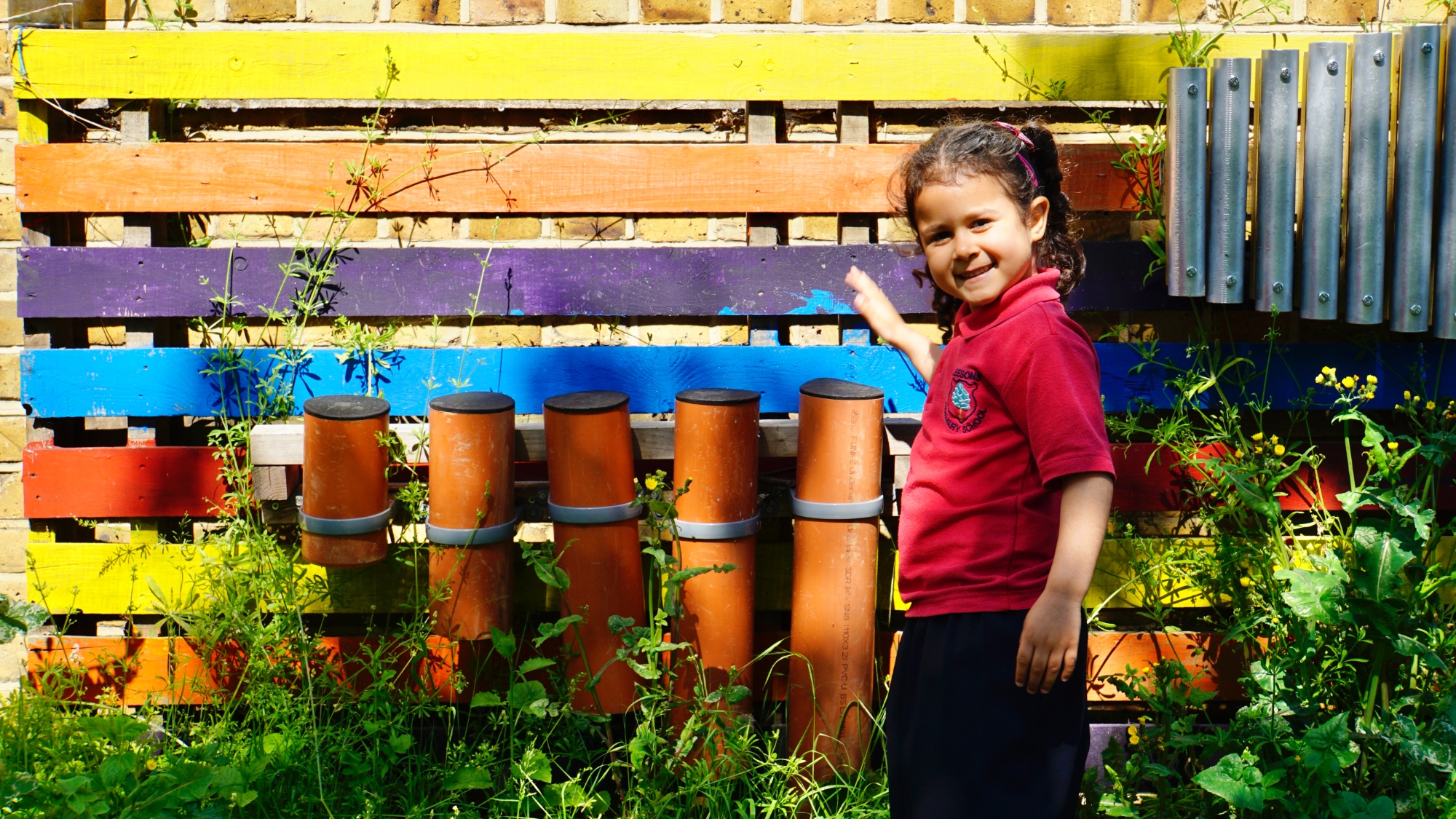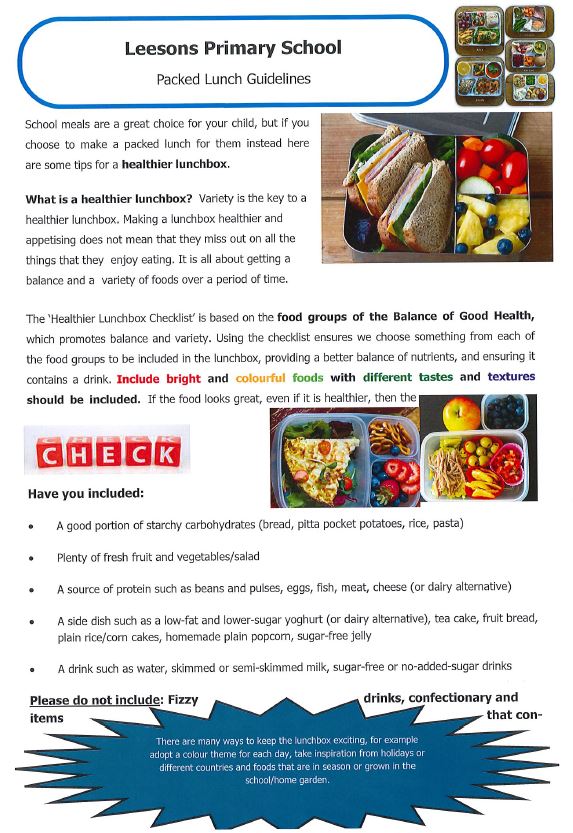Packed Lunch Guidelines
What is a healthier lunchbox?
Variety is the key to a healthier lunchbox. Making a lunchbox healthier and appetising to pupils does not mean that they miss out on all the things that they enjoy eating. It is all about getting a balance and good variety of foods over a period of time. No single food can provide all the essential nutrients that the body needs.
Please ensure that you do not give your child packed lunches that contain nuts, particularly peanuts, in any form, e.g. peanut butter.
Healthy Lunchbox Checklist
When choosing products for healthier lunchboxes, you should try to choose those lower in salt, fat and sugar.
Have you included…
- A good portion of starchy food, eg wholegrain bap, thick sliced wholemeal bread, chapatti, pitta pocket, pasta or rice salad?
- Plenty of fruit and vegetables eg an apple, satsuma, handful of cherry tomatoes or carrot sticks, mini-can of fruit chunks or small box of raisins?
- A portion of semi skimmed milk or dairy food eg individual cheese portion or pot of yoghurt?
- A portion of protein eg ham, chicken, beef, tuna, egg or hummus?
- A drink eg fruit juice, semi skimmed milk or water?
- Please limit the frequency of crisps and chocolate biscuits
Please do not include…
- Fizzy drinks and confectionery (sweets and chocolate bars)
What does a healthier lunchbox include?
The ‘Healthier Lunchbox Checklist’ is based on the food groups of the Balance of Good Health, which promotes balance and variety. The purpose of the checklist is to ensure something from each of the food groups is included in the lunchbox, providing a better balance of nutrients, and that it includes a drink. Bright and colourful foods with different tastes and textures should be included. Fruit and vegetables do this naturally. If the food looks great, even if it is healthier, then the chances are that children will want to try it. There are many ways to keep the lunchbox exciting, for example adopt a colour theme for each day, take inspiration from holidays or different countries and foods that are in season or grown in the school/home garden.






